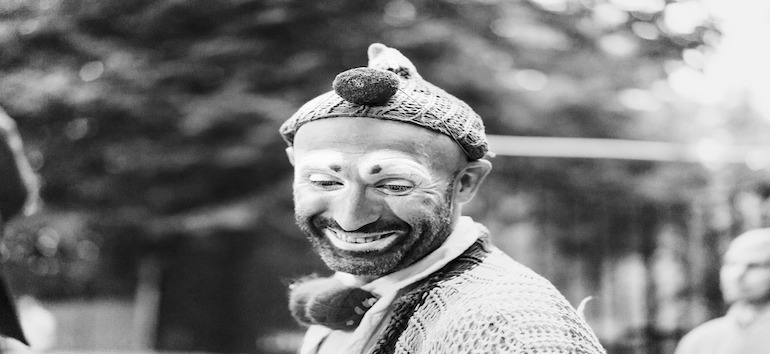The Buzz on All Occasion Performers
Table of ContentsUnknown Facts About All Occasion PerformersThings about All Occasion PerformersExcitement About All Occasion PerformersThings about All Occasion PerformersGetting My All Occasion Performers To Work
Political cartoonist Thomas Nast based his drawings of Uncle Sam on Rice and his outfit. Dan Rice was an achieved pet trainer. He concentrated on pigs and mules, which he trained and offered to various other clowns. He also provided a show a skilled rhinoceros and is the only person in circus history to provide a tightrope walking elephant.He was also a benefactor who offered generously to several charities and he put up the first monument to soldiers eliminated throughout the Civil War - Face painters near me. Origins of the Auguste characterThere is a commonly informed legend regarding the origins of the Auguste clown. According to the legend, an American acrobat called Tom Belling was performing with a circus in Germany in 1869
Belling took off running, finishing up in the circus sector where he fell over the ringcurb. In his embarrassment and haste to run away, he fell over the ringcurb again on his means out. The manager regulated that Belling continue showing up as the Auguste.
All Occasion Performers for Dummies
For one point, the word Auguste did not exist in the German language until after the character ended up being popular. Among the concepts of the real beginning is that Belling duplicated the personality from the R'izhii (Red Haired) clowns he saw when he explored Russia with a circus (https://www.kickstarter.com/profile/1807738371/about). Characters like the auguste absolutely existed formerly

The dance later ended up being called faucet dance. It ought to be kept in mind that there are alternating 'beginnings' for the tramp personality"one of which was the traveling "hoe boys," or travelling farm workers, that rode the rails from one town to another, cleaning the residue away from their eyes & mouth.
Not known Factual Statements About All Occasion Performers
Keep in mind that the fright wig, exaggerated lips and eyes, oversized clothing and props of the American clown, props such a sparkling more water, stuffed clubs, taking off stogies, and whistles loaded with soot, are not Grimaldi's. They belong to Tambo and Bones. The English blackface comic Charles Mathews involved America in 1822 to do and researched black life and custom-mades.
No person knows where the mummers' plays and Morris dances originated from. In such plays there is a combination of characters including "kings" and "saints", cross-dressing, and blackface roles; the faces of Morris (or "Moorish") dancers were also smudged. The mummer's plays were not for fun. A lot of were carried out by bad guys in the hungry time after Xmas.
The Derby Play of the Tup was executed for food and beer by jobless young people. One such protest has actually gotten in American background as the Boston Tea Party.
The 3-Minute Rule for All Occasion Performers

While not the extravagant affairs we consider today, some early, rougher types of taking a trip circus were prominent in America from Revolutionary times-- George Washington was a fan. Blackface clowns done in them from at least the 1810s and perhaps before; they were a staple by the 1820s. The wide red or white mouth painted on by modern-day clowns is a residue of the blackface mask.
In many areas minstrelsy was birthed when these performers relocated their acts from the tent to the phase of American selection cinemas. Certainly there was a strong aspect of clowning in minstrelsy. The blackface mask was a clown's disguise, exaggerating the facial features into a cartoon, a caricature. The blackface clown may be the precursor of today's anodyne circus clown, but or else the 2 are as opposite as blackface and whiteface.
Some Known Factual Statements About All Occasion Performers
In several practices the clown would reveal some physical defect, like a hunchback, dwarfism-- or like Jim Crow, lameness. And since he was different, an Others, the clown was allowed to say and do things no one else could.
Witticism and parody were main to minstrelsy. It's interesting that in the West African societies where most servants came, the poet-singer griot served the exact same ridiculing jester feature when the celebration emerged. That might have something to do with the curious (to us, looking back) convenience with which Southern Blacks accepted not simply the music but even the demeaning humor of minstrelsy.

Emmett Kelly was the best recognized tramp clown with his personality "Tired Willie."Tramp clowns are skilled: + jugglers + illusionists + pianists + chalk talk artist + bikers.